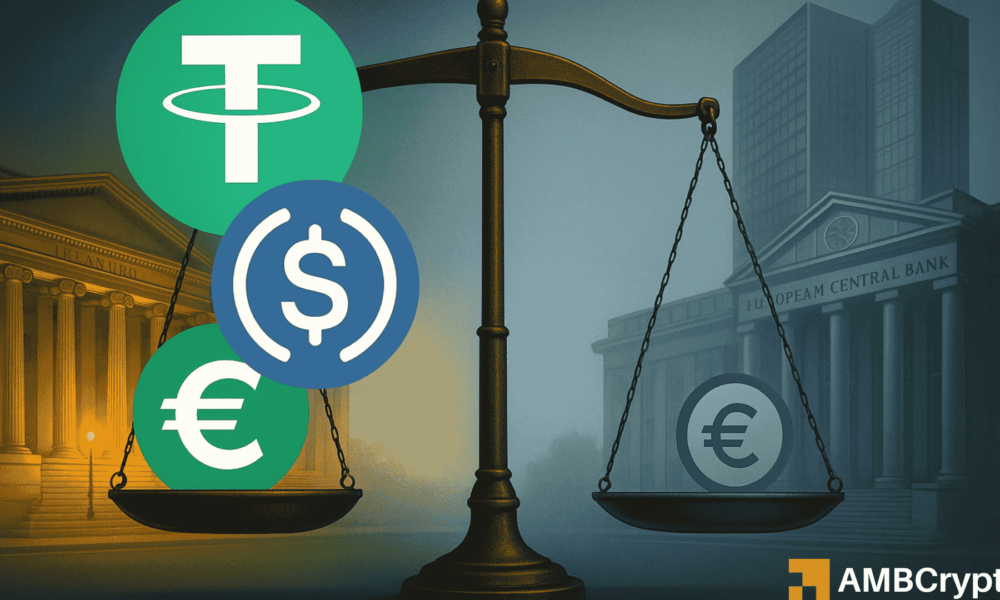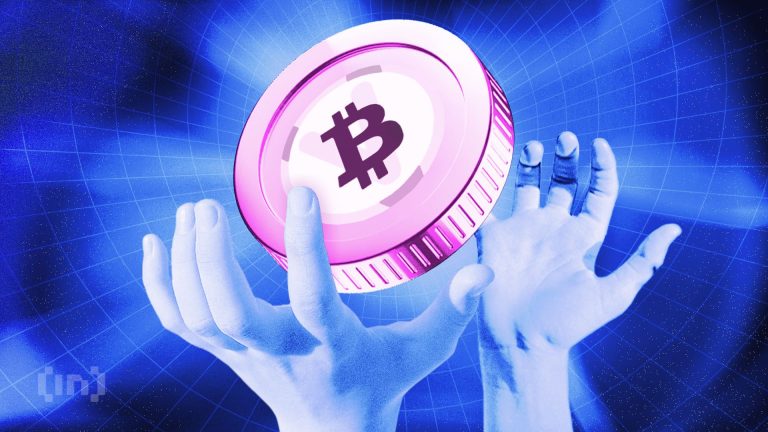
The rise of stablecoins has been a defining trend in the global digital financial ecosystem. However, Europe is falling behind in this critical sector, as euro-denominated stablecoins account for just €395 million—an insignificant portion compared to USD-backed stablecoins dominating the market. Understanding this gap and addressing the challenges is crucial for Europe’s financial sovereignty in the digital age.
Why Euro Stablecoins Trail Behind the USD
According to a European Central Bank (ECB) report, USD-backed stablecoins account for nearly 90% of the global crypto market’s value. In contrast, euro-pegged stablecoins barely register, representing less than 0.5% of the USD stablecoin ecosystem. This disparity poses significant structural challenges for Europe’s long-term relevance in the tokenized economy.
A prime factor contributing to this imbalance is Europe’s restrictive regulatory environment. The upcoming Markets in Crypto-Assets Regulation (MiCAR) prohibits stablecoin issuers from offering interest payments. While meant to reduce risk, this ban arguably makes euro-denominated tokens less competitive as savings instruments when compared to USD-pegged stablecoins that could soon integrate yield offerings.
The Role of Stablecoins in Financial Infrastructure
Stablecoins, especially USD-backed options like Tether (USDT) and USD Coin (USDC), are integral to the global crypto ecosystem. They account for up to 80% of all centralized exchange trading pairs, effectively making the U.S. dollar the default currency of digital markets. This pervasive reliance on USD-backed assets highlights the need for Europe to develop robust euro-denominated alternatives if it wants to avoid future dependency on foreign currencies for tokenized trading and decentralized finance (DeFi).
Implications for Europe’s Financial Sovereignty
Without competitive euro-stablecoins or a widely adopted digital euro, Europe risks losing control over its future financial infrastructure. A €395 million euro-stablecoin market pales in comparison to the multi-billion-dollar USD sector, underscoring Europe’s marginal role in the crypto economy.
Moreover, USD stablecoins are becoming increasingly intertwined with traditional financial systems. USDT and USDC issuers now rank amongst the largest holders of U.S. Treasury bills. This convergence strengthens their foothold in global finance, whereas euro-backed tokens lack similar influence, making Europe more vulnerable to foreign dominance in digital money.
How Europe Can Bridge the Gap
To reduce dependency on USD-backed stablecoins, European policymakers and businesses must take bold steps:
- Encourage Innovation: Regulatory frameworks should balance risk mitigation with growth opportunities, allowing euro-stablecoin issuers to experiment with interest-based models and attract retail users.
- Adopt a Digital Euro: The introduction of a central bank digital currency (CBDC) could serve as a stable, euro-based alternative for financial and trading activities.
- Invest in Infrastructure: Europe should foster homegrown blockchain ecosystems and liquidity pools to promote the adoption of euro-backed solutions.
Recommended for Your Digital Wallet
Looking to diversify your stablecoin portfolio or explore euro-pegged options? Check out USD Coin (USDC), which offers strong liquidity and widespread adoption. As Europe develops competitive alternatives, keeping your options open is key.
While Europe’s stablecoin market is still in its infancy, strategic investments, policy adjustments, and infrastructure support could close this widening gap with USD-backed tokens. The future of monetary sovereignty may very well hinge on Europe’s ability to embrace digital innovation today.




